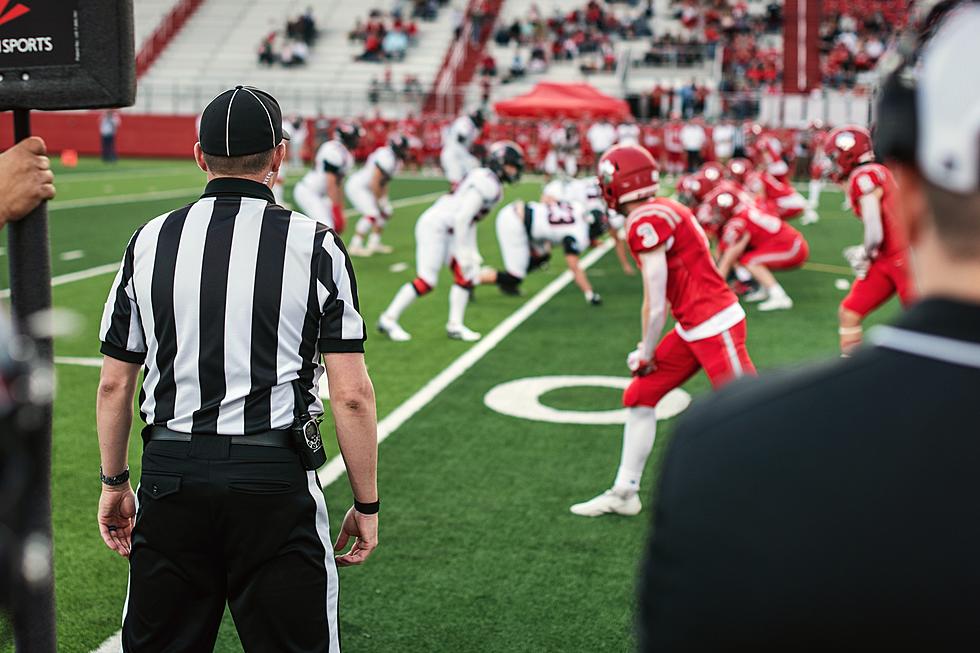
Asteroid With Impact Zone the Size of Texas Headed for Earth?
Well the fine folks at NASA are currently keeping an eye on an asteroid that could cause some severe damage in a few decades.
Let's Learn About the Asteroid Bennu
It's a big week for space nerds. Looks like a sample from an asteroid will be coming to Earth this week. It's actually an asteroid that NASA scientists have been studying since 1999. Just about every six years, this asteroid passes by Earth. Not anywhere near us, but scientists say it could get close in the future.
The Real Test is Coming in 2035
Listen, I barely passed any science classes in high school. Let alone college, so I will let the experts tell me what is going on in space. Apparently, in 2035 Bennu could travel through something called a "Gravity Keyhole".
A gravitational keyhole is a tiny region of space where a planet's gravity would alter the orbit of a passing asteroid such that the asteroid would collide with that planet on a given future orbital pass.
If Bennu were to pass through this keyhole, it could put it on a collision course with Earth decades down the road. How far down the road?
September 24, 2182 Earth Could Be Hit With an Asteroid
The good news is I will be dead and gone if this thing were to hit us. Anyone reading this in 2023, you will also be dead (sorry to break this news to you). The good news is that your future generations have pretty good odds of this not happening. 1:2700 or 0.037% chance of this actually happening according to NASA calculations.
What Would Happen if Bennu Does Hit Earth?
Well the impact from the asteroid would affect an area roughly the size of our entire state (Texas). Which in case you don't know is quite large at 268,597 square miles or 171,902,080 acres. The impact would be the equivalent of setting off 24 nukes in an area. So yeah future scientists, keep an eye on this thing. I happened to know of a team perfect for the job.
For No Reason, The Asteroid Explosion from 'Armageddon'
LOOK: The most expensive weather and climate disasters in recent decades
LOOK: The most extreme temperatures in the history of every state
More From 92.9 NiN







